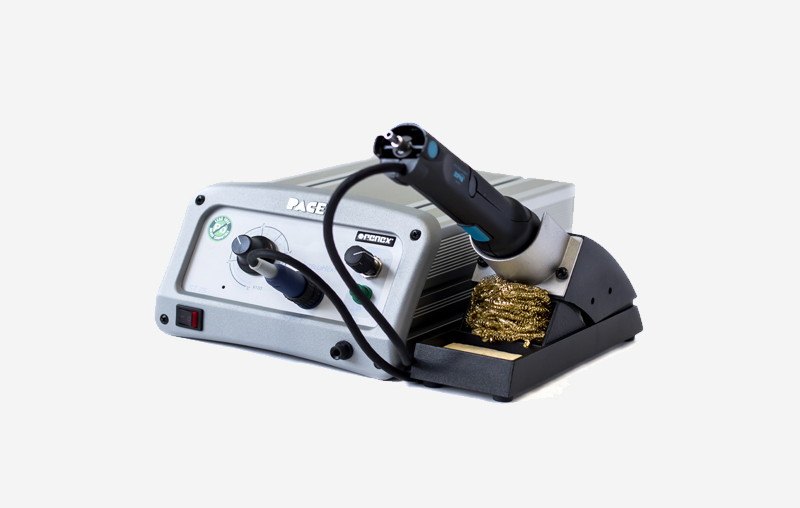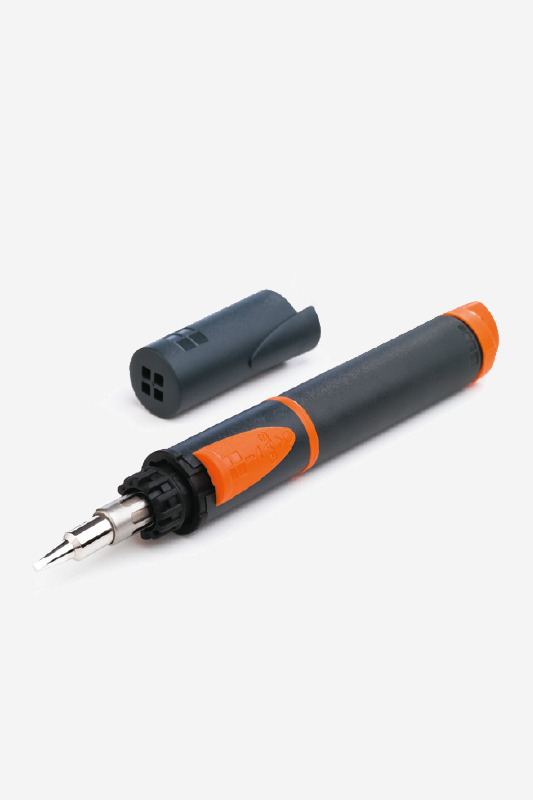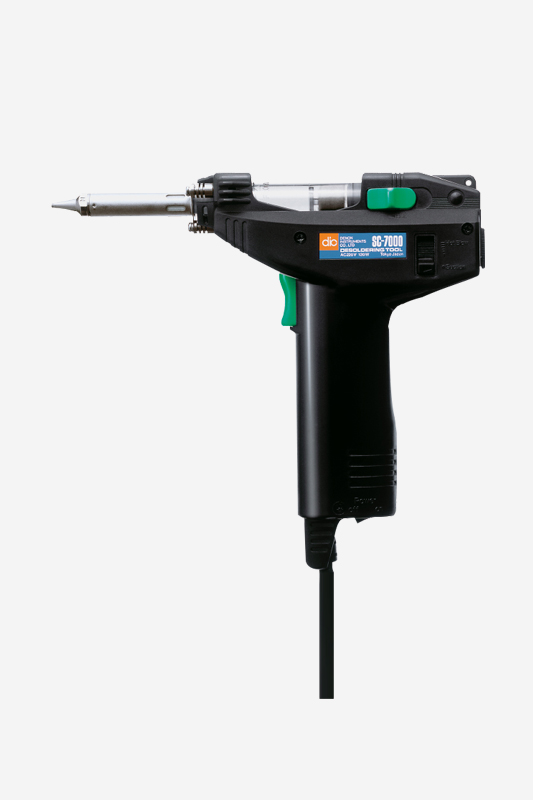If a non-professional has to repair some not very complicated home appliances or devices, he usually uses random tools, supporting them with imagination and a bit of manual skills. The number of attempts made and the time consumed are not particularly important – it is important that the intended effect is finally achieved.
From a professional’s point of view, the same activity is seen in a completely different way: not as a challenge to make yourself appreciated and not as a way to make savings, but as a real source of income. Such a perspective makes it necessary to tighten the assessment criteria – the repair must not only be effective, but fast. After all, efficiency is, apart from quality, one of the most important parameters of professional operation.
Reliable knowledge, skills, experience and appropriate tools at the employee’s disposal are the necessary set of means of professional work. Using the right tool of the right quality in a given situation can improve work significantly. The use of sub-optimal and even unsuitable tools for a given activity significantly prolongs the route to the target and significantly increases the risk of damage to components or subassemblies and of injury to the worker.
When it comes to classic hand tools used in electronics, they can be divided into relatively few groups. However, they are very numerously represented by designs of various shapes, proportions, dimensions that define their specific utility features and often designate a very specialized purpose.
Soldering handles for assembling and disassembling electronic components and circuits, pliers, cutters, tweezers, screwdrivers, wire strippers usually exhaust the list of equipment intended for manual operations at the electronics workstation. These are delicate tools – especially when compared to saws or hydraulic wrenches – they do not require significant force from the operator, but precision. This requirement should be met as far as possible in the working position.
Since access to the work area is often difficult, e.g. due to the tight spaces inside the machine to be repaired, the tool should be very flexible in terms of the possibility of changing the grip, while maintaining full control over the operations. Generally speaking, the tool should be handy. In order to meet this requirement, the dimensions, shapes and proportions of the tool as well as its weight and balance must be properly selected. Much attention must also be paid to the handle.
It is important to adapt it to the structure and kinematics of the hand, to guarantee a secure and comfortable grip even under unfavourable conditions (e.g. presence of dirt, grease, etc.), to prevent the harmful effects of vibrations, to eliminate the effects of low or high temperatures, to minimize the risk of injury and to offset the negative effects associated with prolonged use of the tool’.
In addition, the natural features associated with the construction of the tool should be used to better organize the workplace and keep it tidy, e.g. the hole in the handle of the screwdriver will allow it to be hung in a designated place. The design phase should also anticipate possible problems: a screwdriver, for example, when placed on a sloping top, will roll towards the edge. It will fall or not, but it will certainly divert the employee’s attention away from the activities that are being carried out at that time, which can lead to considerable damage. In this case, the advice is of course simple, but it shows that the manufacturer must have knowledge of all the conditions associated with the use of the tools they produce. This is why leading companies conduct systematic and extensive research, including long-term tests under real production or service conditions.
Universal soldering handles, usually offered with a large number of different tips allowing for assembly and disassembly, both for THT and SMD components, and specialized handles (also equipped with many tips, dedicated for example to specific types of integrated circuit housings), allowing to significantly increase the speed of work without compromising the safety of components and the comfort of the employee – this is the range needed to make the optimal choice for the application.
An example of such a diversified offer are the products of PACE company, recently described on the pages of Practical Electronics. The ergonomic qualities of this manufacturer’s handles are known and result from the adoption of strict criteria, some of which are applied to surgical instruments. Like a PACE handle lies in your hand.”” When disassembling electronic components, it is often necessary to remove the molten solder with a suction unit. The handle, which, in addition to melting, makes it possible to suck out the tin, obviously improves the work.
Even moderately advanced stationary soldering equipment is equipped with a compressor to generate the required vacuum. The handle is connected to the station by two cables: power supply and pneumatic. The only device that brings together the handle, control circuits and compressor in one housing is the Dic Den-On SC7000.
This exceptional compactness and mobility make it particularly useful for service work. The operation of the soldering iron can, under certain conditions, be significantly hampered by the presence of a power cable which limits the ‘manoeuvrability’ and the associated ability to operate efficiently in particularly inaccessible areas, especially when the operator has to take an uncomfortable and unstable posture, e.g. when rapid service intervention is required in field conditions.
Then an invaluable tool is the gas soldering iron, which guarantees that the most important parameters are maintained at a level necessary for fully professional operation, and also offers considerable flexibility of application thanks to interchangeable tips, which are: tips, nozzles for hot air blowing, hot knife”, tip for shrinking shrink sleeves. Such a set (Portasol Super-Pro) is presented in photo 3.
When there is no power supply, the gas soldering iron becomes almost irreplaceable (photo 4). While the domain of operation of soldering handles for assembly and disassembly is the thermal process, the other hand tools used by the electronics industry perform tasks of a mechanical nature: cutting, bending, shaping leads, holding, positioning, stripping, screwing and unscrewing, cleaning, etc..


